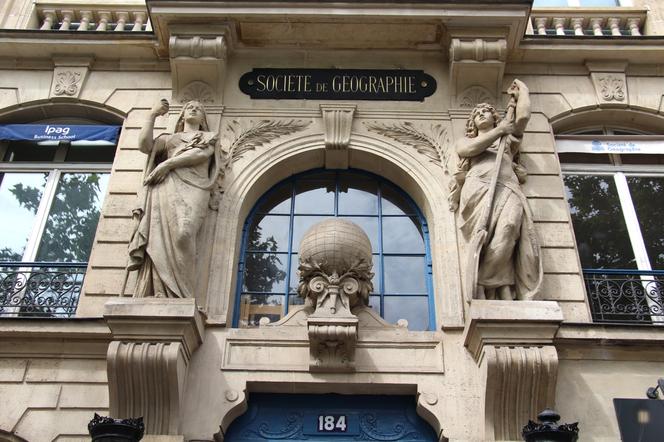


"When it comes to honor, Frenchmen and Arabs have in common their conception of valor, their frank expression of truth, as well as other traits of moral imperative." The author of these lines is Rifaa Tahtawi, Egyptian chronicler of the French Revolution of 1830, which he followed hour by hour from Paris. The imam of Cairo's Al-Azhar University, the most prestigious in the Islamic world, was chaperoning a delegation of Egyptian government scholarship holders at that time, sent to the French capital to study for many years.
From this experience he drew the material for An Imam in Paris, published in Cairo in 1834, in which he "exhorts" his co-religionists to "seek out the sciences, arts and trades" which, according to him, "exist in a state of perfection" in France. But Tahtawi was just one of the many Arab figures whose lives literally changed on the banks of the Seine, as Coline Houssais reminds us in her book Paris en Lettres Arabes ("Paris in Arab Letters"), recently published by Actes Sud and packed with impressive documentation.
The pioneer of these Parisian Arabs was, in many ways, Gabriel Sionite, the French name of Jibril Al-Sahyuni, a Maronite monk from Lebanon who resided in the capital from 1614 to 1642. During his time there, he contributed to a short-lived Arabic printing press, numerous translations into French and Latin, and taught Arabic to France's future representatives in the Levant. But he was also the first of these Arabic-speaking scholars to be invisibilized by French orientalists, who took full credit for such work, reducing their Arab collaborators to mere "correctors" or "typographers." This is how Antoine Galland became famous, in 1717, for his French version of One Thousand and One Nights, while some of the most famous tales, such as those of Ali Baba and Sindbad, were transmitted by the polyglot Hanna Dyab, who came from Aleppo to Paris with Galland, and then remained in his shadow.
The expedition led by General Bonaparte to Egypt, in 1798, ended three years later in defeat for the French army, which brought back several hundred local supporters on its ships in order to shield them from reprisals. These "refugees from Egypt" were referred to generically as "Mamelukes," even though most of them had no military function whatsoever. Elias Pharaon, Bonaparte's interpreter in Egypt, was promoted to French consul for the Ionian Islands. Raphaël Zakhour taught Arabic to a generation of French scholars, including Egyptologist Champollion. Tahtawi's stay in Paris from 1826 to 1831 was part of this close relationship between France and Egypt, before 97 boulevard Saint-Michel became home to an "Egyptian military school" for future officers from Cairo, from 1844 to 1849.
You have 44.01% of this article left to read. The rest is for subscribers only.
